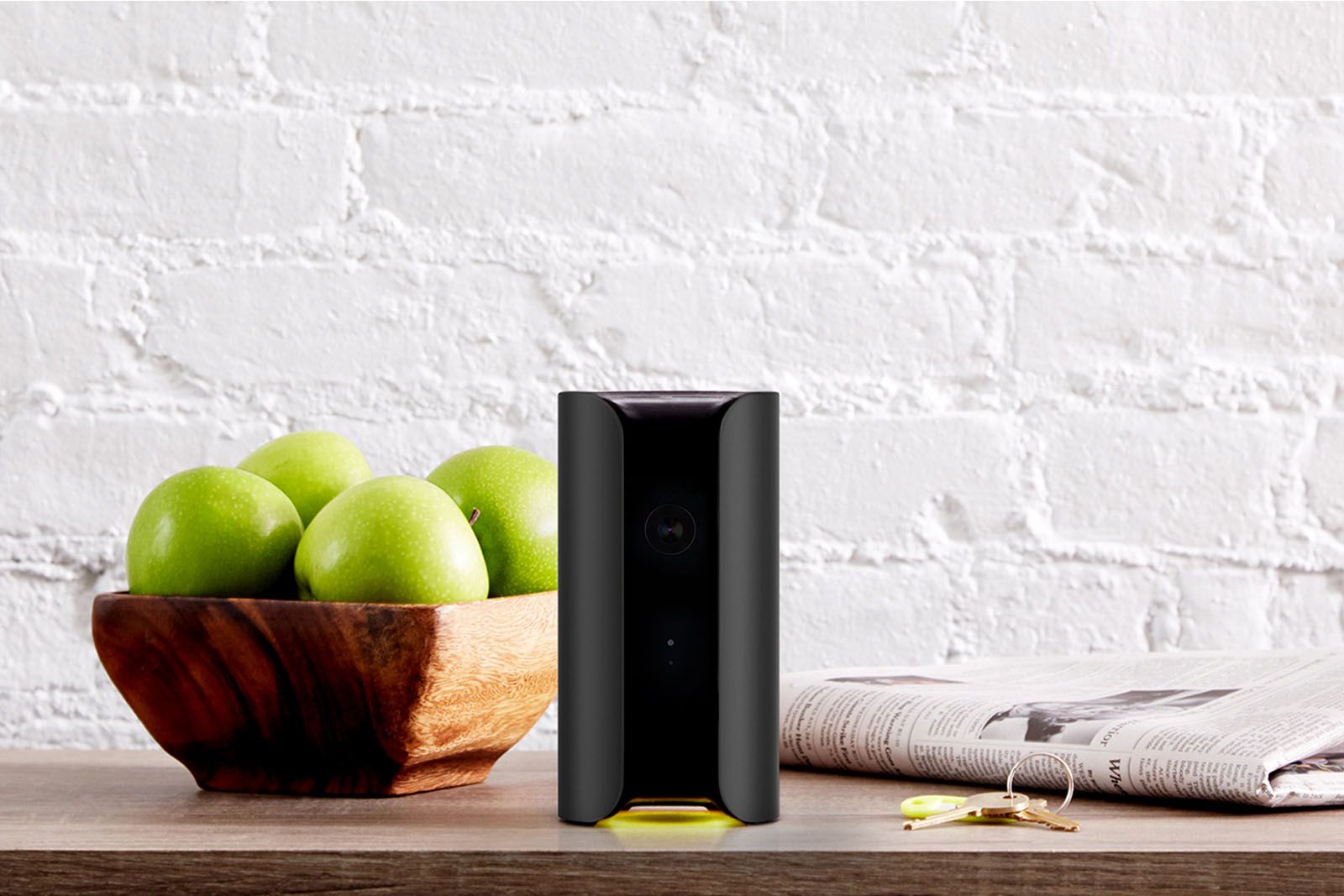To describe an object as Apple-like is something of a cliché in the world of technology and most of those objects which attract such description rarely deliver on that high initial praise. Yet there has been something undeniably Cupertino about the way in which Canary has gone about creating its first and flagship product.
A believer in the adage that if a thing's worth doing, it's worth doing well, company COO and co-founder Jon Troutman has showed a patience with his industrial design and product development teams that few start-ups have the experience or knowledge to afford. Neither form nor function took the lead during this process. They were instead considered as equal partners on the same venture.
Canary: Silence is golden
If the style of one was cramped at the expense of the other, then it was a case of going back to the drawing board rather than making the kind of uncomfortable compromise which might damage the ultimate user experience. One example of such care over the speed of the product's promised delivery schedule was the fan, as Canary lead industrial designer James Krause explained:
"The product initially had a computer fan housed on the inside of the device. We found that it made a lot of noise that negatively affected the user experience but didn't do much to actually help with airflow. We were able to perform the necessary testing to validate it was not necessary and therefore we decided to cut it."
As a result, Canary is utterly silent and probably wouldn't last long in too many homes if it wasn't.
Canary: Not about cheap
Perhaps a more striking example, though, is the motion sensing at very core of the product. The most obvious, cheapest and tried and tested method of motion sensing is something called PIR or passive infrared sensing. It was the solution upon which Canary was initially built. However, the lens array was not the best quality and, more importantly, it was tricky to design around.
So, the team went back to the start, with the software development side in parallel, and built a motion sensing system around a more traditional camera set up with a top-of-the-line image sensor and lens assembly that can record in 1080p HD. It took time, it took money but it worked just as well and means that the device can have a more premium finish.
"The placement of the lens on the device was strategic too," explained Krause. "We purposely put it higher so that it would be able to see over the edge of the surface it is placed on, and record everything more clearly."
There's no need to wall or ceiling mount Canary and there's no fiddling round with panning or zooming required to get the whole picture. The 147-degree field of view is easily enough to see everything you need. Should you wish to do some digital zooming for detail beyond the clarity that's on offer, then that's an option but certainly not a necessity.
Canary: Beauty and brains
Just as much care was taken over smaller considerations like the LED light, which indicates that the product is in operation, and the use of a rubber ring on the bottom so that it stays perfectly still and doesn't feel clunky and cheap when you place it on a surface.
"The average person has a living room full of electronic devices with flashing LEDs that create a lot of visual noise and distraction," according to Krause. "We didn't want to add to this distraction. We wanted light to add to the beauty of the design rather than detract from it, so we treated the lighting on Canary differently."
The way they got round that blinking eye effect is by raising the main body of the device ever-so-slightly and shining an LED ring of lighting directly down onto whatever material its sitting on. The light then bounces back up and creates more of an organic-looking halo than just another pin-point of standby. Touches like these, plus the aluminium and high gloss plastic finish, make it feel more premium than most smarthome kit. That might sound like aspirational posturings of luxury but there is an important reason why the team felt so strongly that Canary had to be as attractive as it is effective, as Krause described:
"It's important to us that people are comfortable with having Canary in their home, so, instead of designing a product that announces itself as a security camera, we created a beautiful object that people would be happy to put on display. Our approach to product design starts by taking pure forms and refining them in subtle, yet detailed ways. We wanted to create something that was simple and iconic."
As a result, the Gherkin Tower in London was one of the initial inspirations. It didn't quite finish up that way but a classic techhy box, it certainly is not.
In the end, to our eyes, Canary is more like a classy kind of Bluetooth speaker than anything else and, given that the original aim was for it to look like a high-end piece of audio equipment, it seems like it's mission accomplished. Make form and function utterly inseparable and it’s possible to create the best of both worlds.
Canary is the all-in-one home security system that you control from your phone. It has HD video and audio, a built-in siren, and sensors for temperature, humidity and air quality. Canary lets you see what's happening at home and take action.
A new approach to security, Canary combines innovative hardware, elegant software and meaningful services to meet modern-day home security needs. Canary launched in the UK in September, following a hugely successful Indiegogo campaign in the United States, and is available on Amazon.co.uk, Apple stores, Curry's PC World, John Lewis, and Maplin. For more information, please visit canary.is.

